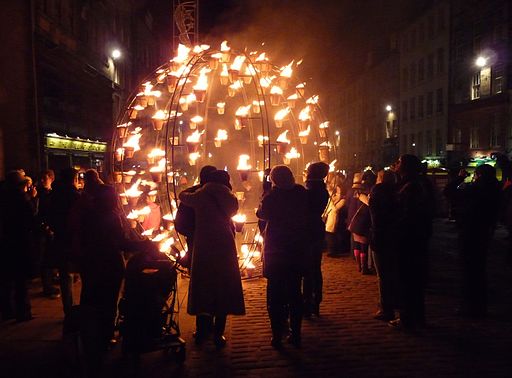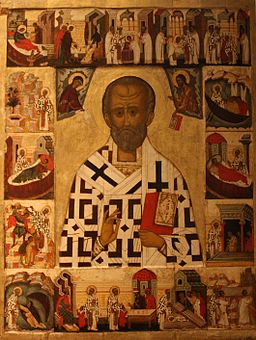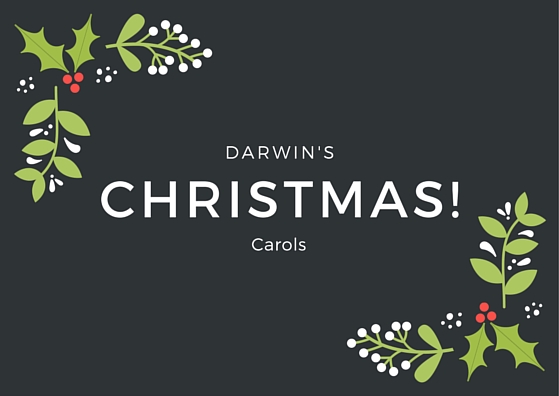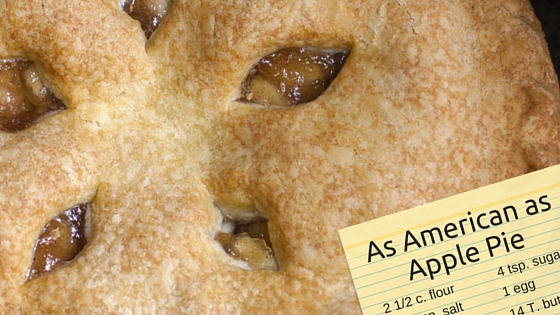If—for some reason—you prefer weekly celebrations, the 3rd week in February is International Flirting Week. And FYI, the internet makes international flirtations available to virtually everyone.
Like so many other people affected by the recent extreme weather, I had plenty of time to consider snow. And as with so many other things that I consider, I started reading about it. Yes, Elmore Leonard is adamant that you never start a book with the weather—but that is not to say weather is taboo in your story. Your task as a writer is to make weather interesting. As an exercise, consider the following snow-related facts, and how you might fit them into a story in a way that seems natural, preferably relevant to the plot!

Currently, most people around the world begin New Year’s celebrations on December 31, the last day of the Gregorian calendar. But as with so much in the modern world, it wasn’t always so. Although people have celebrated the beginning of a new year for millennia, astrological or agricultural events typically marked the new year.
The earliest recorded celebration of the beginning of a new year was in ancient Babylon, some 4,000 years ago. For Babylonians, the new year began with the first full moon following the vernal equinox, a date falling in late March. It was a massive religious festival that required a different ritual every day for 11 days.

(Dragon in Chinatown NYC Lunar New Year) [CC BY 2.0 (http://creativecommons.org/licenses/by/2.0)], via Wikimedia Commons
For early Romans, each new year began with the vernal equinox. A year had 304 days divided into 10 months. Over time, the calendar year deviated significantly from the sun year. In 46 B.C. Julius Caesar consulted astronomers and mathematicians to solve the problem. He added 90 days to that year, adjusted the length of months, and declared January 1 as the first day of the year. January honors the Roman god of beginnings—Janus—who has two faces that look forward and back. In 1582, Pope Gregory XIII established January 1 as new year’s day for Christians.
Vatican museum, Vatican City
Making a lot of noise—shooting guns, banging pots and pans, blaring car horns, playing loud music, setting off firecrackers—is supposed to scare away bad luck and evil spirits. Partying with family and/or friends is common, as is fireworks displays or other ritual midnight activities.
In the U.S., the dropping of the giant ball in Times Square, begun in 1907, is now watched by millions. Spin-offs involve publicly dropping items that represent an area’s culture, geography, or history: the Peach Drop in Atlanta, GA; Pickle Drops in Dillsburg, PA, and Mount Olive, NC; the Possum Drop in Tallapoosa, GA; Wylie the Walleye Fish Drop in Port Clinton, OH; the Bologna Drop in Lebanon, PA; a Watermelon Drop in Vincennes, IN; the Midnight Muskrat Dive in Princess Anne, MD; a Big Cheese Drop in Plymouth, WI; a Pine Cone Drop in Flagstaff, AZ; a Grape Drop in Temecula Valley, CA; a Donut Drop in Hagerstown, MD; a Flip-flop Drop in Folly Beach, SC; a Wrench Drop in Mechanicsburg, PA; Beach Ball Drop in Panama City Beach, FL; the Music Note Drop in Nashville, TN; Chile Drop in Las Cruces, Mexico. Surely I’ve missed some! Please feel free to comment on your favorites.

(https://www.dvidshub.net/image/511672) [Public domain], via Wikimedia Commons
In the Philippines, many wear new, bright, colorful clothes with circular patterns. In Brazil, wearing white on the beach to ring in the new year is supposed to bring good luck. In Italy, wearing red underwear on New Year’s Eve is traditional. Spanish tradition holds that wearing new red underwear brings good luck. In Venezuela, the underwear is yellow.
In Scotland, Hogmanay is celebrated with First-Footing (going to each other’s houses with gifts of whiskey and sometimes a lump of coal); Edinburgh hosts a 4 or 5 day festival, beginning on December 28th, including cannon fire and fireworks displays.

North and South Korea celebrate New Years twice, a Lunar New Year which varies, and a Solar New Year which is always January 1.
The practice of making resolutions for the new year is thought to have been popular first among the ancient Babylonians.
And thus we come full circle—a fine New Year’s tradition!





There are those, for example David C. Pack writing in The Real Truth magazine, who denounce the pagan origins of Christmas trees and other greenery. Pack cites Jeremiah 10:2-5 to support his assertion that we should have nothing to do with Christmas trees.
I am not among those. The reality of the world is that things morph and change—the meaning of words, clearly, but other symbols as well. So let’s take a look at the consensus around the evolution of the Christmas tree.
Long before the advent of Christianity, evergreen plants had a special meaning for people in winter. Ancient people hung evergreen boughs over their doors and windows. In many countries, people believed that these would keep away witches, ghosts, evil spirits, and illness. The Romans used fir trees to decorate their temples at the festival of Saturnalia. Today, Christians use it as a sign of everlasting life with God. Why can’t it symbolize all those things?
Although evergreen trees are the through-line, in parts of northern Europe, cherry or hawthorn plants or branches were brought inside in hopes they would bloom in time for Christmas.
Many early Christmas trees were hung upside down from the ceiling.
The first documented use of tree at Christmas and New Year celebrations was in 1510, in Riga, the capital of Latvia. After the ceremony (involving men wearing black hats) the tree was burned. This is sometimes associated with the yule log.
The first person to bring a tree into the house, in the way we know it today, is thought to have been the German preacher Martin Luther in the 1500s. The lore goes that he was walking home in winter, was impressed with the stars shining through tree branches, and cut a tree to take home. He put small lit candles on the branches to share his vision with his family. There are other stories, for example about St. Boniface of Crediton leaving England to travel to Germany. But this isn’t an encyclopedia, so I’ll move along.
But another point of consensus seems to be that Christmas trees took hold in Germany and spread across the world from there. In Germany, early trees were decorated with edible things like gingerbread and gold-covered apples. But by 1605, they were decorated with paper roses, apples, wafers, gold foil, and sweets.
The Christmas tree came to Britain sometime in the 1830s, and became popular in 1841 when Queen Victoria’s German husband had a Christmas tree at Windsor Castle. From England to the United States, from candles to electric lights, the evolution continued. Artificial Christmas trees have long been popular, from the trees made from colored ostrich feathers in the Edwardian period on. Over the years, artificial trees have been made from feathers, papier mâché, metal, glass, and lots of plastic. Now lawns sometimes sport inflatable trees!
So, if pre-Christians and Christians both found good in the green of midwinter, fine with me! I plant hellebores and other evergreens where I can see them on the shortest days of the year.

In 1941, newspaper reporters talked about GI’s fighting for Mom and “good old American apple pie.” This seems to be the origin of apple pie attached to American identity—even though apple pie did not originate here. Vermont even made apple pie the official state pie in 1999.